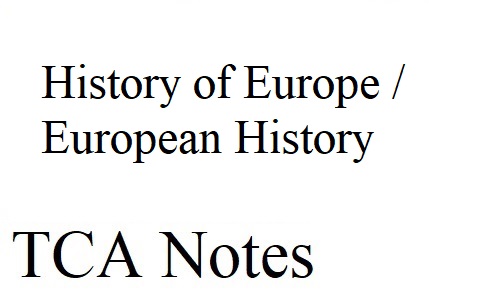History of Europe / European History
The Roman Empire (60 BCE-160CE)
The Fall of Rome (150CE-475CE)
Early Middle Ages (475-1000)
High Middle Ages (1000-1200)
Italian Renaissance (1330-1550)
The Enlightenment (1650–1800)
The Scientific Revolution (1550-1700)
The French Revolution (1789–1799)
Napoleonic Europe (1799-1815)
Europe (1815-1848)
Europe (1848-1871)
Europe 1871-1914
The Russian Revolution (1917–1918)
| 1. Brief Overview Timeline People Events & Qs | 2. Overview |
| 3. A Century of Unrest | 4. February Revolution |
| 5. Lenin and the Bolsheviks | 6. Summer of 1917 |
| 7. October Revolution | 8. Aftermath |
World War I (1914–1919)
The Interwar Years (1919-1938)
World War II (1939–1945)

History of Europe / European History

